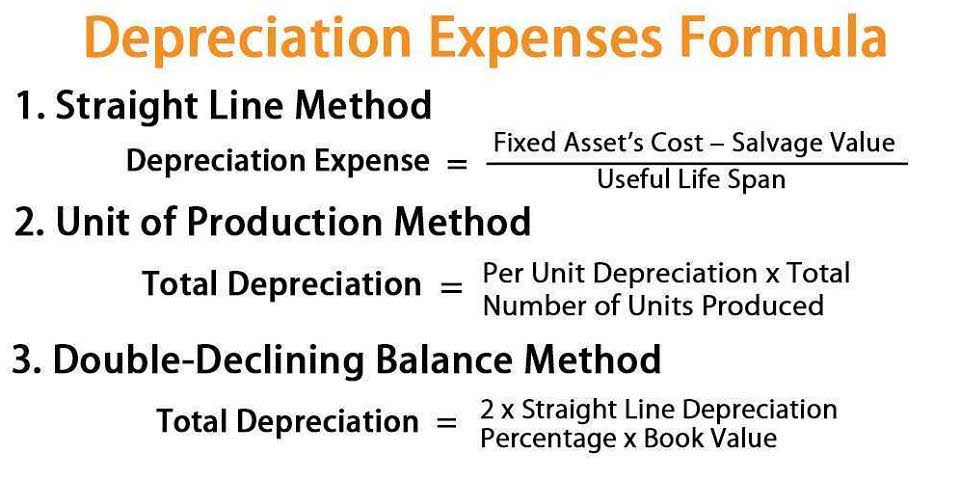Content

It’s important to outline your specific invoice payment terms when entering into sales agreements with these customers. If you decide to offer longer payment terms, remember to specify the invoice amount, payment due date, and payment options in your sales contract and all invoices. It’s important to note that net terms net 30 payment terms are usually offered interest-free, so remember to clarify this in your sales agreement too. Instead of asking a client to pay immediately after a product has been delivered or service performed, the vendor gives the client time to pay the invoice. In the case of net 15, the client has 15 days to pay the invoice.

Remember, if it is a standard in your industry to offer terms, we encourage you to offer them. If terms are not standard in your industry, proactively offering them may set you apart from competitors, attract new customers, and grow your business. In the most basic sense, net terms are deferred payment terms offered to customers who are seeking extended periods of time to pay for their goods and services. While it is often used along with a discount for customers who pay early, net 30 can also be used without any discounts. For example, let’s say you want to offer a 2% discount on invoices that are paid within 10 days.
What Does Net 30 Imply on an Invoice?
The second number is always the number of days of the discount period. The cost of credit is used as a percentage and occurs when the buyer does not take the reduced cost, thus paying the higher cost, reflecting the discount loss. For instance, a net 30 EOM is issued on December 1st, which means the validity of the net term is till December 31st. In net 30, you get a discount whereas in net 30 EOM there is no discount or offer a discount on the payment. Lack of payment can cause issues in the business and affect your relationship with clients.
To reduce late payments, you could state on the invoice note that failure to pay up at the due date attracts a percentage fine. You could also encourage customers to pay earlier by issuing early payment discounts within the first 5,10, and 15 days. If you are a startup business, you may end up strapped by extending credit to your buyers.
10 / Net 30 payment terms
While net 30 has been a common payment term for business, for larger business-to-business customers, longer payment terms have become a standard. Its origins go back to the days before transactions were automated.
Does Net 30 Mean 30 business days?
Net 30 may seem like it means 30 business days. However, in the world of invoicing, it typically means an unbroken 30-day period. This includes weekends and holidays.
Any business that bills by sending an invoice rather than requesting payment upfront, may offer net terms. However, note that some businesses may also send invoices that are “due upon receipt” with no option for deferred payment. Take a look at what other companies typically offer in your industry to determine whether you should offer net terms or not. However, keep in mind that while net terms may lead to long-term customer loyalty, if your competitors are also offering the same terms, you may need to provide an additional competitive edge.
What are the advantages of net 30?
You deliver goods and services immediately and keep track of the debt they owe you using your accounts receivable. Be polite when you invoice your clients, and include the words “please” and “thank you” somewhere on the invoice. Net 10 means that the total amount due must be paid within 10 days of the invoice being sent or the action being completed. An example of where you can include net 30 payment terms on an invoice.
What Does Net 15 Mean on an Invoice?
Net 15 part of a company’s payment terms, which means the total amount is due 15 days after the invoice date. It is a good accounting trick to encourage early payment from clients.
For small businesses, freelance contractors, and businesses with little leverage, a net 30 payment term can evolve into net 45, net 60 or net 90, negatively impacting their cash flow. With personal bills, the due date is typically called out as a specific date, so there is no confusion about when you need to pay. That removes any uncertainty over start dates relating to “due in 30 days.” In addition, personal bills rarely, if ever, offer a discount option for paying early. If you shop with a credit card, you pay the retailer, but the credit card company extends the terms. You have until the due date set by the credit card company to make a payment without a penalty. Fail to make that due date, and you pay interest on the purchase. Payment terms like net 30 are essential to include on an invoice because they make it crystal clear when you want to be paid.
Disadvantages of offering net 30/60/90 terms
It also allows them to make returns or cancellations without any financial commitments. While setting a due date is standard practice and should be adhered to by customers, it doesn’t always rule out the situation of late payments or bad debts. This means that if your customer pays within 10 days of the invoice date, they can take a 2% discount. If they choose not to pay early, the invoice is due at the net amount within 30 days of the invoice date. If you’re using accounting software or invoicing software, you can enter the credit terms you wish to use when creating your invoice.
Pelicans shootaround update: Trey Murphy erupted on weekend vs … – NBA.com
Pelicans shootaround update: Trey Murphy erupted on weekend vs ….
Posted: Tue, 07 Feb 2023 17:39:30 GMT [source]
